How was this possible? Wouldn't the current from microphone affect
speaker on the same side?
The modern telephone is wired in a Wheatstone bridge arrangement like this: -

So, if you ensure that the telephone network line impedance (\$Z_{LINE}\$) is controlled then, theoretically, any signal produced by the microphone is dramatically reduced into the local earpiece. It won't be a perfect cancellation but it'll be pretty good.
Amended picture originally from here. It might be easier to understand this diagram: -

Picture from here.
And, all throughout the network there are line amplifiers that need to translate from 2 wire to 4 wires so that amplifier circuits can be added: -

Picture from here. Then another hybrid transformer is used to reconvert the 2-way (4-wire) amplified signals back 2-wire: -

Here's an example of an early telephone anti-sidetone circuit using the same principle as the hybrid transformer: -

Picture from this website.







